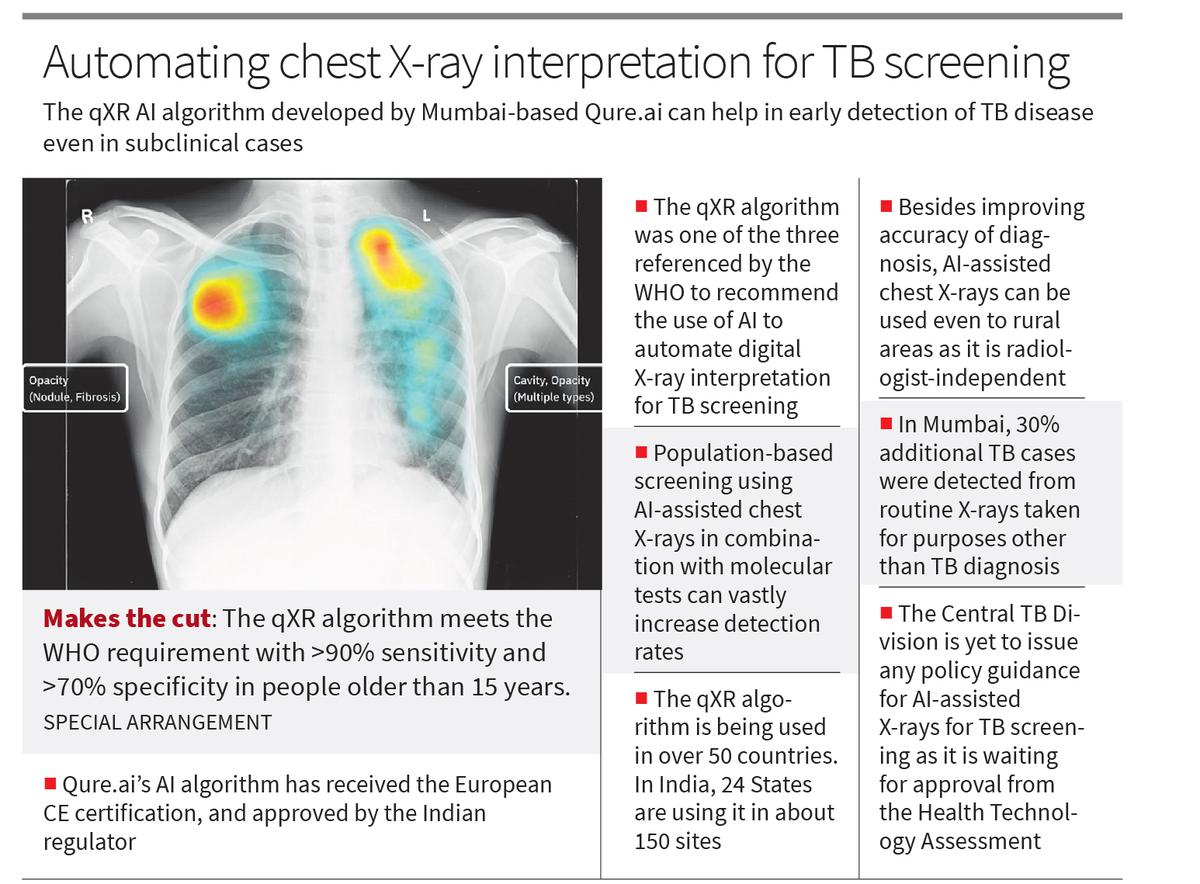Mission Muasam will involve a major upgrade of instruments used by the India Meteorological Department (IMD), the National Centre for Medium Range Weather Forecasting (in picture), and the Indian Institute of Tropical Meteorology. www.ncmrwf.gov.in
The story so far:
On September 11, the Cabinet cleared a ₹2,000 crore programme called Mission Mausam to upgrade infrastructure used to make atmospheric observations. It will involve a major upgrade of instruments used by the India Meteorological Department (IMD), the National Centre for Medium Range Weather Forecasting, and the Indian Institute of Tropical Meteorology.
What are its objectives?
The mission’s focus is to improve atmospheric observations to enable better quality monsoon forecasts, improve alerts warning of deteriorating air quality, and warn of extreme weather events and cyclones. Critical elements of the mission include deploying ‘next-generation radars’ and satellite systems with advanced sensors and high-performance supercomputers, developing improved earth-system models, and a GIS-based automated Decision Support System for real-time data dissemination. The nodal agency involved in executing the mission is the Ministry of Earth Sciences (MoES). In the first tranche of the mission until 2026, the MoES hopes to procure and install up to 60 weather radars, 15 wind profilers, and 15 radiosondes. These instruments give regular updates on the changing parameters of wind speeds, atmospheric pressure, humidity, and temperature at various elevations of the atmosphere.
Is this the first time that a mission of this sort has been conceived?
No. The predecessor is the ‘Monsoon Mission,’ launched in 2012. Historically, the IMD has relied on statistical methods to forecast monsoons. Different weather parameters were permuted and combined in myriad ways to prepare forecasts about the likely performance of the monsoon in a particular year. These were extremely broad estimates; they almost never warned of the likelihood of droughts and also could not capture the wide regional diversity of the monsoon.
Editorial | Weather gods: On ‘Mission Mausam’
Droughts and floods co-exist and these weather models were usually inadequate at capturing that. The Monsoon Mission proposed a radical approach. Since 2004, meteorologists and climate scientists have been working on a different approach to forecasting that relies on high performance computing machines, or supercomputers. They sought to simulate the weather on a particular day and, via physics equations, make a map of how each day’s weather would pan out over the next few days, weeks, and even months. These weather models, called dynamical models, are now the standard approach to weather forecasts and climate studies. This can give more accurate ‘medium range’ forecasts and often this is what consumers of weather information find useful. The Monsoon Mission eventually succeeded in developing a general-purpose dynamical model that can be tweaked to generate forecasts on multiple timescales — from daily forecasts to seasonal monsoon predictions.
Beyond the monsoon, such a model could be customised for heatwaves, cold waves, and local forecasts. It is also an expensive approach to forecasting and requires sophisticated computers, radars, wind profilers, and an array of data-gathering devices.
What is novel about this mission?
Improving dynamical models is an endless pursuit, limited only by money and intellectual curiosity. While the latest mission builds on its predecessor by getting more of such equipment, it has outlined a radical plan for “weather management.” This means actively changing the weather using cloud seeding. The latter involves spraying clouds with appropriate chemicals to increase or decrease their water-carrying capacity. Plans are also afoot to control lightning. As statistics reveal, lightning strikes are the number one cause of nature-propelled deaths in India and were responsible for 2,821 or 35% of the 8,060 accidental deaths attributable to natural forces in 2022, according to the latest NCRB report.
Meteorologists say they hope one day to be able to tweak the electrical characteristics of the cloud so that there are less lightning strikes that lethally traverse from sky to ground. To this end, a large ‘cloud chamber’ – that simulates the interior of a cloud – will be set up at the IITM. To be sure, research into weather modification has a history stretching back to the 1950s and many experiments have been conducted in India, including spraying aerosols in certain regions of one cloud, and leaving out the others. However, the big challenge with weather modification is setting sharp boundaries. It is not unusual for seeded clouds to rain in places where they are not supposed to. Gleaning a better understanding of these processes is a major component of Mission Mausam.
Published – September 15, 2024 03:05 am IST










